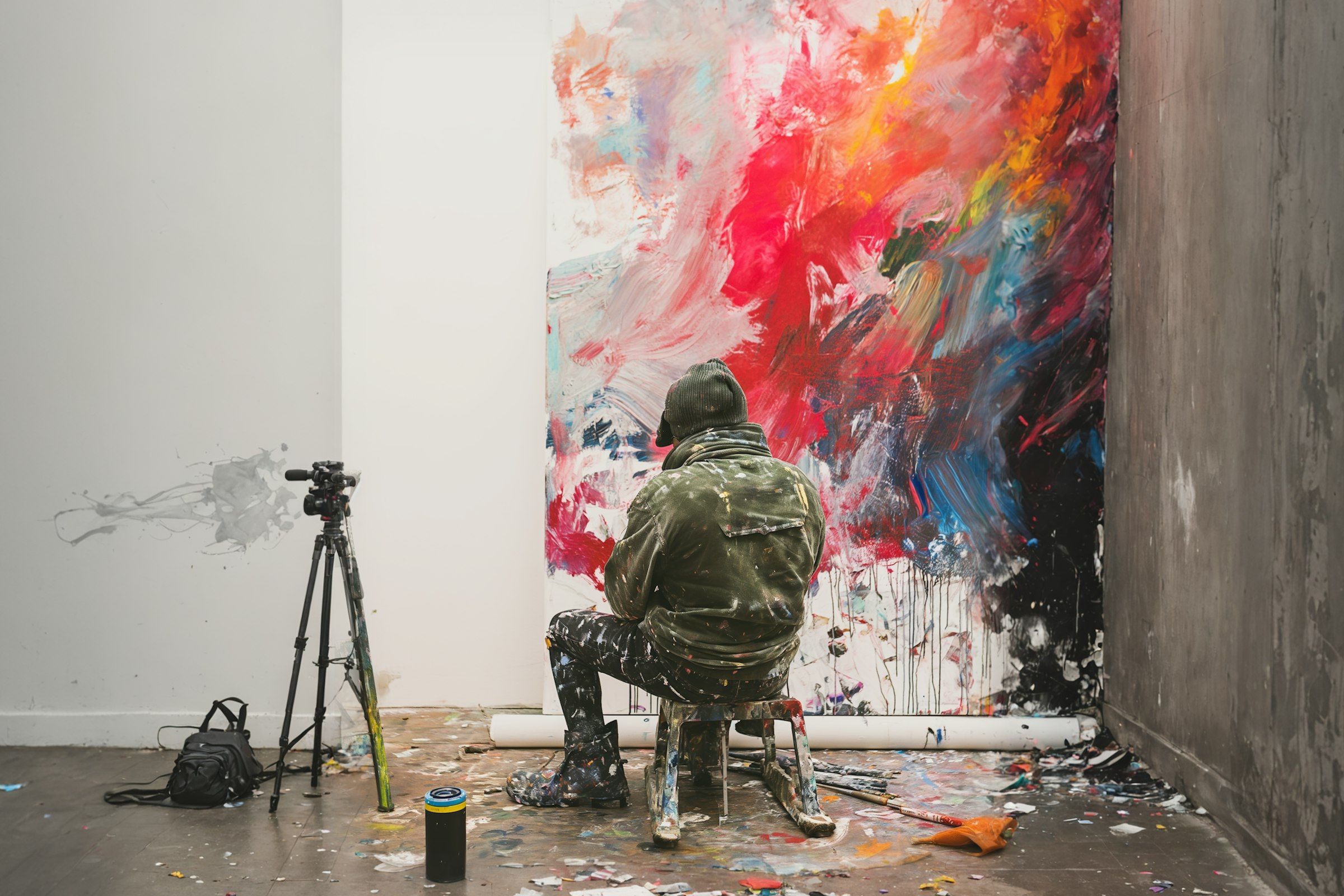A guide to creating intuitive user experiences
Jan.2024
Read Article
↓
↓

A guide to creating intuitive user experiences
The best user experiences don’t draw attention to themselves. They work. You don’t have to think twice. You don’t have to wonder what to click. Everything flows, feels right, and moves with purpose. That’s intuitive design—not just beautiful, but frictionless.
At its core, intuitive UX is about respect for the user’s time, attention, and expectations. It’s not about being overwhelmed with features but about removing the barriers between a person and what they came to do.
Here are five principles we use to create digital experiences that feel natural, not forced.
01 Begin With Empathy
Before you design anything, listen. Who is this for? What do they need? What frustrates them? What do they expect to happen next?
The more you understand how people think, move, and decide, the more intuitive the experience becomes. UX isn’t about designing for users—it’s about creating from their point of view.
Research, user flows, and behavioral patterns are not boxes to check. They’re insight into how to simplify and serve.
02 Clarity Beats Cleverness
The most elegant interfaces are often the simplest. They are not simplistic, but clear. Every button, label, and layout choice should make sense in a split second.
Avoid friction where it doesn’t belong. Don’t make users think twice about where to go next. Favor clarity in structure, language, and hierarchy. The more obvious something is, the more invisible it feels.
Simplicity, when done well, is sophistication.
03 Design for Natural Flow
Good UX follows a rhythm. It doesn’t stall or surprise—it guides.
Every step in the journey should lead naturally to the next. Whether onboarding, checkout, or navigation between screens, the experience should feel like a continuous, intentional progression.
Use space, contrast, and motion to direct attention. Create pace. Create momentum. When users feel like they’re making progress, they stay engaged.
04 Reduce Cognitive Load
Complexity breaks focus. When users have to pause and think too hard, they disconnect.
Keep interfaces familiar, even when the visuals are original, group-related information. Limit options when possible. Make decisions more straightforward, not harder.
The design should reduce friction and not introduce new rules. Speak the user’s language, and let intuition lead the interaction.
05 Iterate With Purpose
Intuition isn’t designed in one pass—it’s earned through testing. What feels clear to a designer might not land with a real user. That’s why feedback is essential.
Prototype early. Launch small. Observe how people move through your experience, and refine based on behavior, not assumptions.
Iterative design isn’t just about usability but building trust through clarity and care.
SHARE ARTICLE



